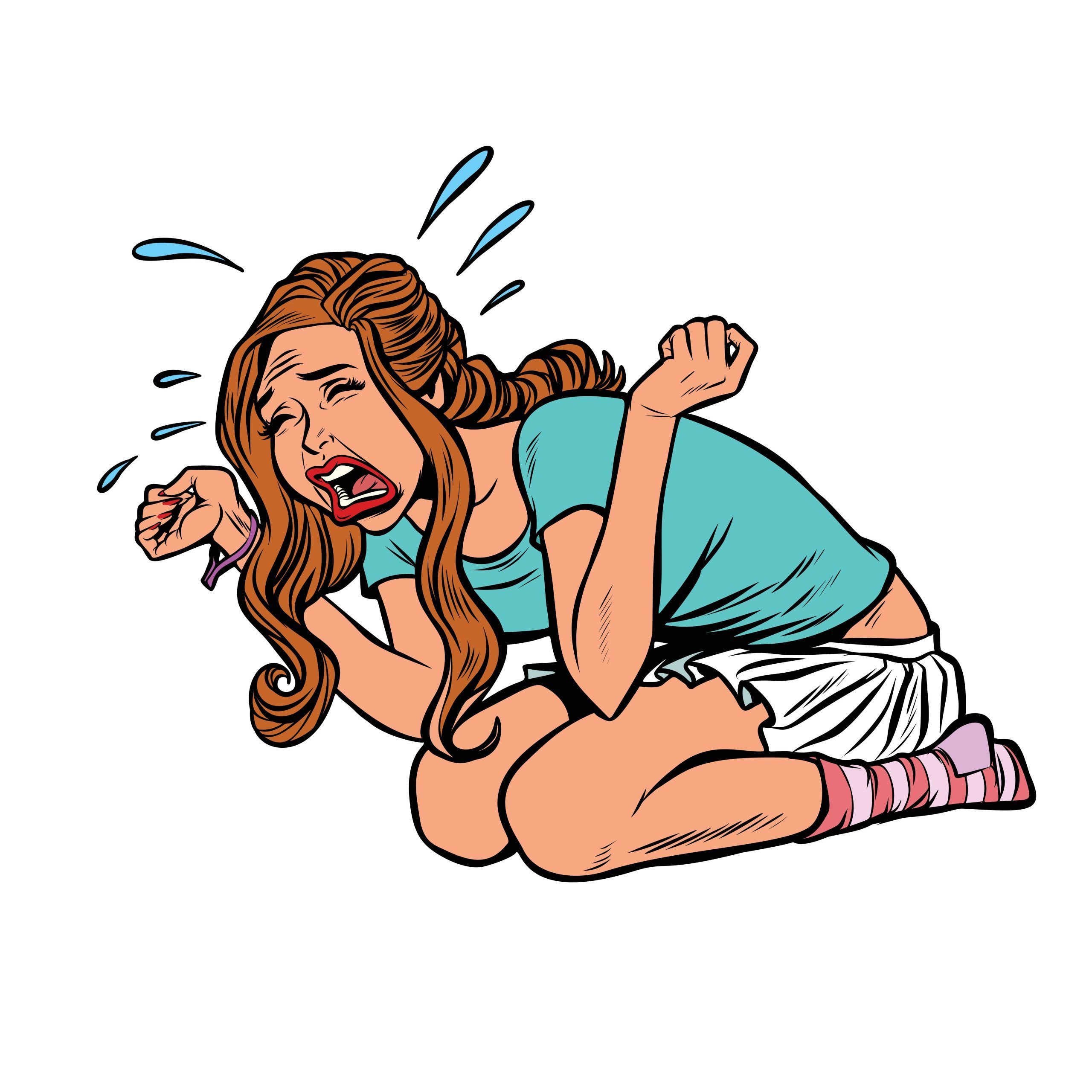- in Mental Health by Tony
Do I have Misophonia?

Have you ever felt a strong adverse reaction to sounds that most people find insignificant, such as someone eating or tapping their feet, becoming unbearable to listen to? If so, you may be experiencing misophonia, a relatively unknown auditory disorder that affects a small percentage of the population.
More...
What is Misophonia?
Misophonia, or selective sound sensitivity syndrome, affects one in five people. Many people may not recognise they have this condition, characterised by an intense emotional or physical response to specific sounds or repetitive motions. It is a little-understood disorder that translates as hatred of sound.
Common triggers for misophonia include chewing, slurping, snoring, clicking, tapping, or even loud breathing sounds. Therefore, it can trigger a full-on flight-or-flight response with an overwhelming feeling of anger, anxiety or disgust.
For example, the noise of vacuuming doesn’t only annoy my pet dog, but it can also make another person “violently distressed.”
It has previously been associated with other mental health conditions like anxiety and obsessive compulsive disorder (OCD), but while it does share some similarities, it is distinct.
Symptoms

The symptoms of misophonia can vary in severity and significantly impact upon a person’s quality of life.
They may experience symptoms such as a rapid heart rate, sweating, shaking, nausea, or even violent thoughts or behaviours in response to a trigger sound.
The symptoms can be so severe that those who suffer from this condition may avoid social situations, leading to difficulty concentrating, sleeping, or completing daily tasks.
Diagnosis
Diagnosing misophonia can be difficult, as it is not currently recognised as a separate disorder in the Diagnostic and Statistical Manual of Mental Disorders (DSM-5).
However, experience significant distress or impairment in your daily life due to certain sounds. It may be worth speaking to a mental health professional specialising in this disorder.

Treatment
An audiologist may be able to diagnose misophonia and offer some coping strategies, but there is currently no known cure for misophonia. However, treatment options vary depending on the severity of the condition.
Cognitive-behavioural therapy (CBT) is one treatment option that can help individuals develop coping mechanisms and change their thought patterns in response to trigger sounds.
Despite no solid evidence, other sufferers have found hypnotherapy, sound therapy, white noise or TRT (Tinnitus Retraining Therapy) and lastly, noise-cancelling headphones to help manage their symptoms.
Living with Misophonia

Living with misophonia can be challenging, but many individuals have found ways to manage their symptoms and improve their quality of life. Try to avoid trigger sounds when possible, communicate with those around you about the condition, and seek support from a therapist or support group.
Conclusion
Misophonia is a complex and misunderstood disorder that can significantly impact a person’s life. The reaction to these sounds can range from mild annoyance to extreme anger, anxiety, panic or the necessity to escape.
While there is no cure, many treatment options are available to help manage symptoms and improve overall well-being. If you or someone you know may be experiencing misophonia, seek help from a medical professional.